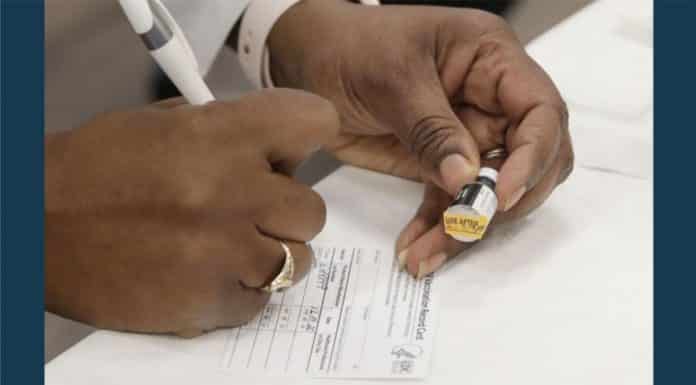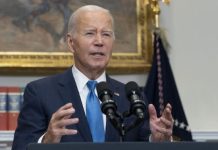
Aug. 19 (UPI) — Early efforts to vaccinate older adults and other at-risk groups against COVID-19 saved almost 140,000 lives and prevented more than 3 million infections through mid-May, an analysis released Wednesday found.
By the second week of May, more than 156 million people in the United States had received at least one dose of the two-shot vaccines from Moderna and Pfizer-BioNTech and nearly 122 million of them were fully vaccinated, according to the Centers of Disease Control and Prevention.
Even though that latter figure constitutes just over 35% of the country’s population, it was sufficient to prevent nearly 140,000 deaths caused by the virus, new data from RAND Health Care showed. The average state experienced five fewer deaths from COVID-19 per 10,000 adult residents, the RAND researchers said.
New York saw the largest estimated reduction in COVID-19 deaths, with nearly 12 per 10,000 adult residents, they said.
“This study brings into focus the dramatic success of the early months of the nation’s coronavirus vaccine rollout,” co-author Christopher Whaley said in a press release.
“The findings provide support for policies that further expand vaccine administration to enable a larger proportion of the nation’s population to benefit,” said Whaley, a policy researcher at RAND, a nonprofit research organization.
The study, published Wednesday by the journal Health Affairs, estimates the number of lives saved during the first five months of the vaccination campaign in each of the 50 states and Washington, D.C.
The researchers, from RAND and Indiana University, calculated their estimates by creating models to simulate the spread of the virus, and the number of deaths caused by it, in the absence of vaccinations.
They then subtracted the actual number of deaths from these estimates to measure the COVID-19 deaths averted by vaccination, they said.
Data on the number of vaccine doses administered in each state came from the Bloomberg COVID-19 Vaccine Tracker and data on COVID-19 deaths for each state came from the New York Times’ Coronavirus Data in the United States database, the researchers said.
Progress in vaccination varied by state over time, with Alaska being the first to reach 20 doses per 100 adults on Jan. 29, and Alabama the last on Feb. 21, according to the researchers.
The estimated economic value of the lives saved through vaccination was put at between $625 billion and $1.4 trillion, the researchers said.
Through the end of 2020, the federal government had allocated $13 billion for vaccine development and manufacturing, they said.
As of Tuesday, nearly 169 million people in the United States were fully vaccinated, meaning they had received both doses of the two-shot vaccines or the one-dose Johnson & Johnson shot, according to the CDC.
More than 620,000 people nationally have died from COVID-19 since the start of the pandemic, though fatalities had been on the decline until recently, when the more contagious and life-threatening Delta variant emerged, based on CDC figures.
“Our results suggest that further efforts to vaccinate populations globally and in a coordinated fashion will be critical to achieving greater control of the COVID-19 pandemic,” said co-author Sumedha Gupta, an economist at Indiana University-Purdue University in Indianapolis.





